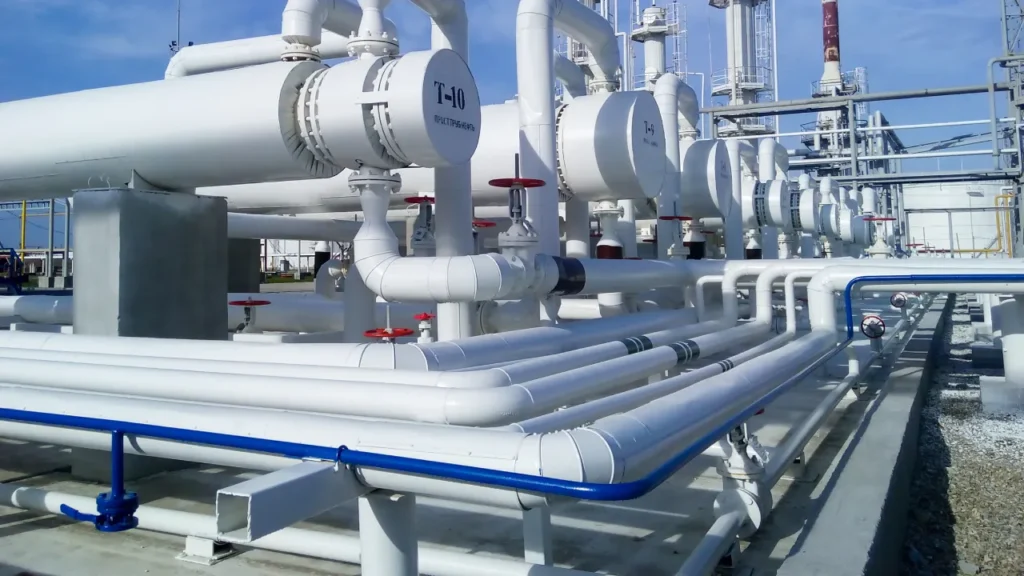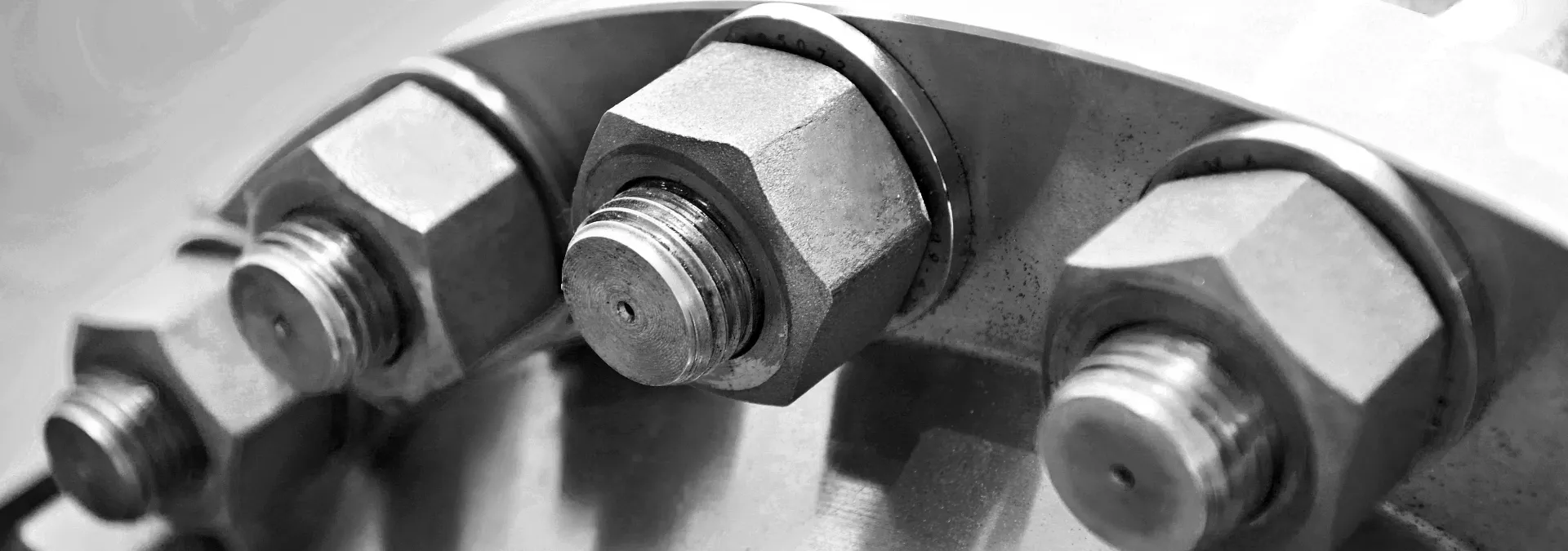Introduction
Flanges are an integral part of pipe system solutions, and provide safety, flexibility, and versatility in joining various parts of a pipe system network to each other. They are typically found where piping systems are subject to higher stresses, or where certain functionalities require them. In our previous articles, we explored the various types of flanges used, the standards that govern their manufacture and use, as well as the role that reliable flange distributors have to play in the overall supply chain to ensure proper selection, installation, usage, monitoring, and maintenance. In this article, we will explore the common problems that can occur in using this critical element, and the preventive measures or solutions to address them.
Prevention Measures
Prevention remains the best way to deal with potential problems while avoiding costly downtimes and repairs. In that regard, proper selection of flanges is best done in collaboration with all relevant stakeholders, including flange stockists, and according to the relevant international standards. As a leading flange supplier in the UAE, Gerab regularly provides constructive input on the flange selection, including material composition, size, joining method, installation requirements, as well the necessity and availability of any requisite insulating and protective coatings or treatments.
For projects based in this country, the advice is to look for flange suppliers in the UAE who have relevant experience in handling flanges in different grades for specific applications, as well as the requisite stocks of replacement and ancillary items needed for their proper installation and functioning. In addition, ensure that the flange supplier is qualified and certified to the recognized quality standards and that they rely on reputable suppliers working to international standards of production.
Common Problems and Solutions

Flanges undergo severe operational stresses and are subject to fatigue and failure like any other component in a pipe system. Common sources of problems and their solutions include:
Uneven Bolt Fastening
An incorrect bolting procedure can occur due to cramped working conditions near the flange on installation, leaving some bolts looser or tighter than others. This can lead to in-service leaks, especially in high-temperature environments or where temperature variations can cause the heavily loaded bolts to compromise performance. Similarly, improper flange face and centerline alignment, as well as improper gasket centering, can also cause uneven gasket compression and flange leaks. This can be easily avoided by experienced installers using the right equipment, and by onsite machining as needed.
Damage or Contamination of Flange Faces
Dirt, scale, scratches, or protrusions can cause uneven gasket compression or result in leak paths that can compromise the performance of the flange. Ensure that installation or operational environments are clean during installation and that no foreign elements are introduced during the bolting and fastening stages.
Excessive Piping System Stresses
Process variations cannot always be avoided. Excessive forces and bending movements can loosen bolts or distort flanges and lead to leakage, especially over time and in installations operating well past their prime. Common causes include improper location of supports or restraints, which can start showing their consequences well into the operation cycle of a pipe system. Here, regular inspection and testing are crucial and are generally part of an overall safety and quality control process.
Thermal Shock
Rapid temperature fluctuations can cause flanges to deform temporarily. This is typically a problem in high-temperature applications, as well as where temperature variations vary considerably across different parts of a flange circumference. This may require adaptive measures to keep the flanges and bolts at a more uniform temperature. Here again, an experienced flange supplier will be better able to identify and mitigate or adjust environments using insulation materials, protective shields, or other interventions.
High Vibration Levels
Excessive vibration can loosen flange bolts and ultimately cause flange leakage. Supports that can dampen or absorb vibrations are used to minimize vibrations and keep the flanges operating within their prescribed tolerance levels. Your flange supplier must be able to provide the necessary ancillary equipment to support this function.
Conclusion
The proper selection, use, and care for flanges in a pipe system solution are essential to prevent problems before they occur. A critical success factor in addressing issues with flanges acknowledges that problems can occur and that a supplier needs to be responsive and have the stocks in hand that will allow them to respond effectively and efficiently. Flanges and their assembly need to be tested regularly, and the adoption of smart monitoring and real-time leak detection allow for prompt intervention, in high-pressure or very corrosive applications, it is advisable to change the flange frequently to ensure optimal performance.
To speak to an expert about any aspect of your pipe system, contact Gerab today.


